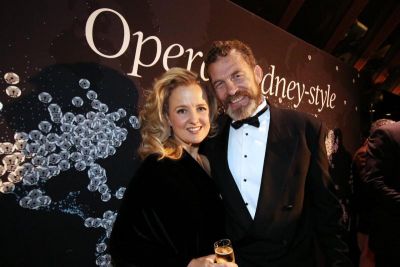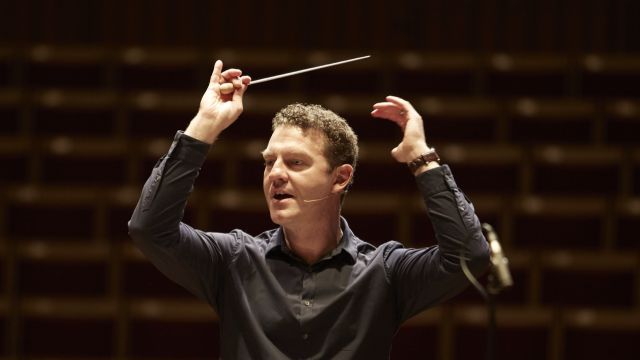Haydn’s The Creation
What is it about The Creation that make choirs reprise it year after year? That makes audiences queue down the steps of the Sydney Town Hall on a cold autumn evening to get tickets? Is it the music? Is it the swell of a host of voices? Is it the mixture of the language of the bible and its phrasing set to music? Or is it all of this?
Whatever the answer – and I think it’s the last – Haydn’s beautiful masterpiece thrilled a packed audience in one of Sydney’s iconic settings on Saturday. With gold leaf glistening from the tops of the columns beside them and the steely grey organ pipes rising high above, the Festival Chorus of the Sydney Philharmonia Choirs accompanied by The Metropolitan Orchestra treated an excitedly expectant audience to one of the most universally loved of Franz Joseph Haydn’s works.
Based on a libretto that combined passages from the Book of Genesis and the Psalms, and extracts from Milton’s Paradise Lost, The Creation was, unusually, published in both English and German, and was first performed in Vienna in 1799. According to David Garrett’s extensive program notes, there was such enthusiastic reports about private performances of the work, “that by the time of the first public performance, police had to be engaged to control the crowds”.
The work is structured in three parts that cover the six days of the creation. It is scored for a soprano, tenor and bass soloist, a chorus, representing the “heavenly hosts” and a symphonic orchestra. In Parts 1 and 2, depicting the creation, the soloists represent the archangels: Raphael (bass) the angel of the earth, sea and the beginning; Uriel (tenor) the angel of the sun and light; and Gabriel (soprano) the leader of the heavenly hosts. In Part 3, the bass and soprano represent Adam and Eve and the celebration of human love. Whilst each successive day is heralded and described by the soloists, it is the chorus who celebrates the wonders that had been achieved.
 To describe the final soaring moments of Part 3, I return to David Garrett, who expressively defines the love-duet and the double-fugue chorus as Haydn celebrating “the fulfillment of God’s purpose and of human aspirations in the felicity of conjugal love and the celebration of nature’s bounties. In this sense, he (Haydn) was true to himself when he said, ‘I was never so religious as during the composition of The Creation.’”
To describe the final soaring moments of Part 3, I return to David Garrett, who expressively defines the love-duet and the double-fugue chorus as Haydn celebrating “the fulfillment of God’s purpose and of human aspirations in the felicity of conjugal love and the celebration of nature’s bounties. In this sense, he (Haydn) was true to himself when he said, ‘I was never so religious as during the composition of The Creation.’”
Memorable moments were the choir’s surging sunburst of sound after “Let there be light, and there was light”, the intricate musical descriptions of the animals and the three flutes leading Adam and Eve into paradise.
Conductor Brett Weymark led the fifty-three-piece orchestra and over three hundred choristers, with soloists Jud Arthur, Nicholas Jones and Taryn Fieberg as vocally exhilarating angels. The whole performance was celebration of the love of music and everything that entails – talent, time, practice, rehearsal, dedication – and bringing orchestra and voices together in a composition that has been delighting the world for two hundred and nineteen years.
Carol Wimmer
Image: Brett Weymark. Photo ©Keith Saunders, and Taryn Fiebig and Jud Arthur.
Subscribe to our E-Newsletter, buy our latest print edition or find a Performing Arts book at Book Nook.

